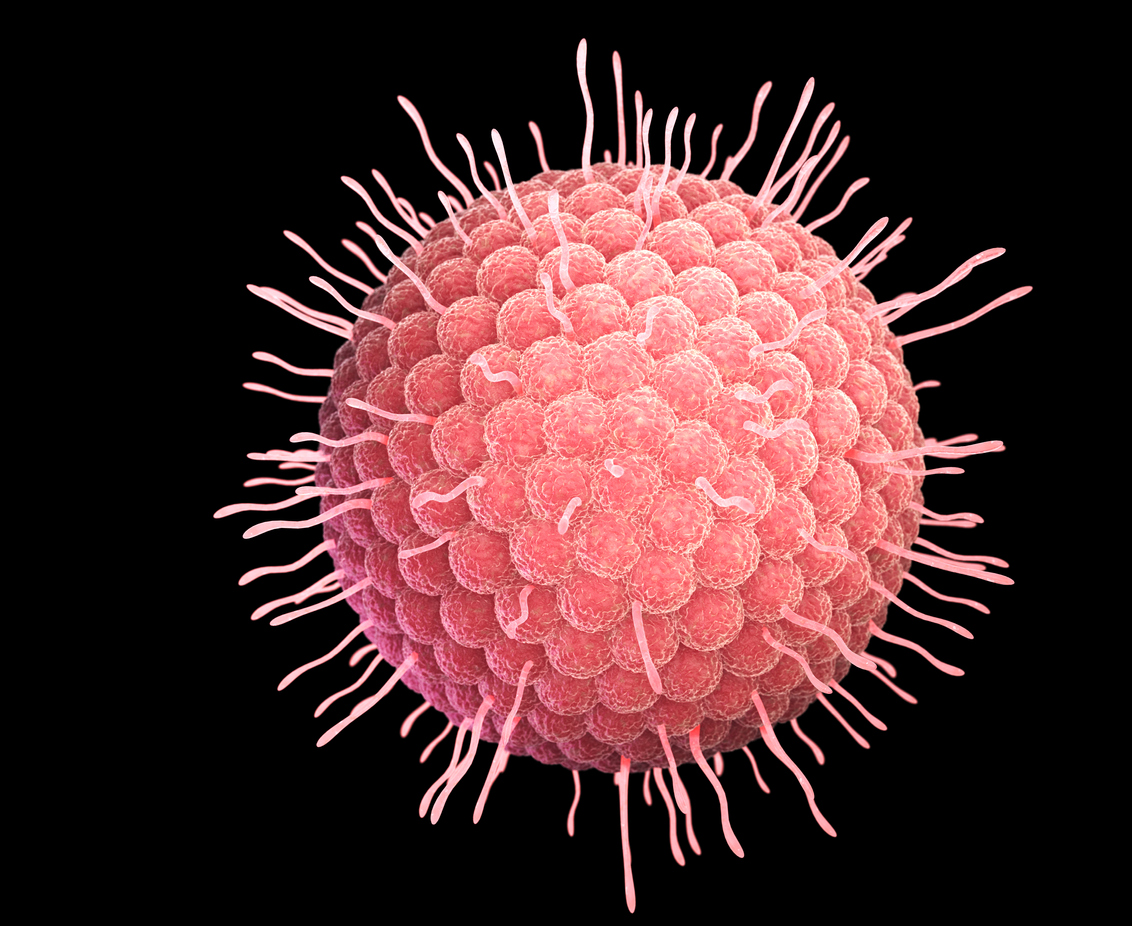Tag: Hearing Loss
Medicare Will Cover Shingles Vaccine in 2023
December 27, 2022

Starting in January 2023, Medicare will cover the cost of the shingles vaccine, Shingrix.
The Centers for Disease Control and Prevention (CDC) recommends adults 50 years and older get two doses of Shingrix two to six months apart to prevent complications from the disease shingles. Shingrix is more than 90 percent effective in preventing illness, according to the CDC. But for many people on Medicare, it had been unaffordable at more than $200 for the shot regimen.
The Inflation Reduction Act of 2022 aims to reduce the cost of some drugs and close this barrier to good healthcare. As of January 2023, all vaccinations covered under Medicare part D that are approved and recommended by the Centers for Medicare and Medicaid and the CDC will be covered without a copay. So, no cost-sharing will be associated with the administration of Shingrix, as well as flu shots; tetanus, diphtheria, and pertussis vaccines; and COVID-19 vaccines.
What is “shingles”?
Shingles is an invasive, painful outbreak of rash or blisters on the skin that can damage your vision or hearing, make you lose hair, and cause long-term nerve pain. It is caused by the varicella-zoster virus—the same virus that erupts in chickenpox. After you have chickenpox, the virus stays in your body. It may not result in problems for many years, but as you get older, the virus may reappear as shingles.
Is shingles contagious?
Shingles is not contagious. But you can catch chickenpox from someone with shingles. If you’ve never had chickenpox or the chickenpox vaccine, try to stay away from anyone who has shingles. If you have shingles, try to stay away from anyone who has not had chickenpox or the chickenpox vaccine, or anyone who might have a weak immune system.
Who is at risk for shingles?
Anyone who has had chickenpox is at risk of getting shingles. More than 99 percent of Americans born before 1980 have had chickenpox, even if they don’t remember it. The risk of contracting shingles increases as you get older; shingles is most common in people over 50. People with weakened immune systems are at higher risk of getting shingles. About one out of every three people in the United States will develop shingles during their lifetime. It is rare, but possible, to get shingles more than once.
What are the symptoms of shingles?
Early signs of shingles include burning or shooting pain and tingling or itching. It is usually on one side of the body or face. The pain can be mild to severe.
One to 14 days later, you will get a rash. It consists of blisters that typically scab over in 7 to 10 days. The rash is usually a single stripe around either the left or the right side of the body. In other cases, the rash occurs on one side of the face. In rare cases (usually among people with weakened immune systems), the rash may be more widespread and look like a chickenpox rash. Some people may also have other symptoms, including fever, headache, chills, and an upset stomach.
What are some complications caused by shingles?
- Postherpetic neuralgia (PHN) is the most common complication of shingles. It causes severe pain in the areas where you had the shingles rash. It usually gets better in a few weeks or months, but some people can have pain from PHN for many years, and it can interfere with daily life.
- Temporary or permanent vision loss can happen if shingles affects your eye.
- Hearing or balance problems are possible if you have shingles within or near your ear. You may also have temporary or permanent weakness in the muscles on that side of your face.
- Very rarely, shingles can also lead to pneumonia, brain inflammation (encephalitis), or death.
How is shingles diagnosed?
Usually, your healthcare provider can diagnose shingles by taking your medical history, looking at your rash, and after scraping off tissue from the rash or swabbing some fluid from the blisters, sending the sample to a lab for testing.
How can shingles be treated?
There is no cure for shingles. Antiviral medicines may help make the attack shorter and less severe. They may also help prevent PHN. Recommended medicines are most effective if you can take them within three days after the rash appears. Pain relievers may also help with the pain. A cool washcloth, calamine lotion, and oatmeal baths may help relieve some of the itching associated with shingles.
InsureYouKnow.org
If you are at risk of getting shingles, contact your healthcare provider or pharmacist to schedule a Shingrix shot early in 2023, even if you are not covered by Medicare. Shingrix is also covered by most health insurance plans so check with your insurance provider to see if the vaccine is included in your plan.
At insureyouknow.org, record the date of your first shot and set a reminder for your second shot two to six months later. You’ll be off to a great start in preventing the pain and possible side effects of shingles in 2023.
